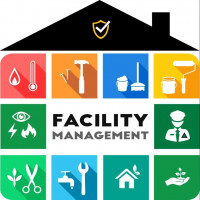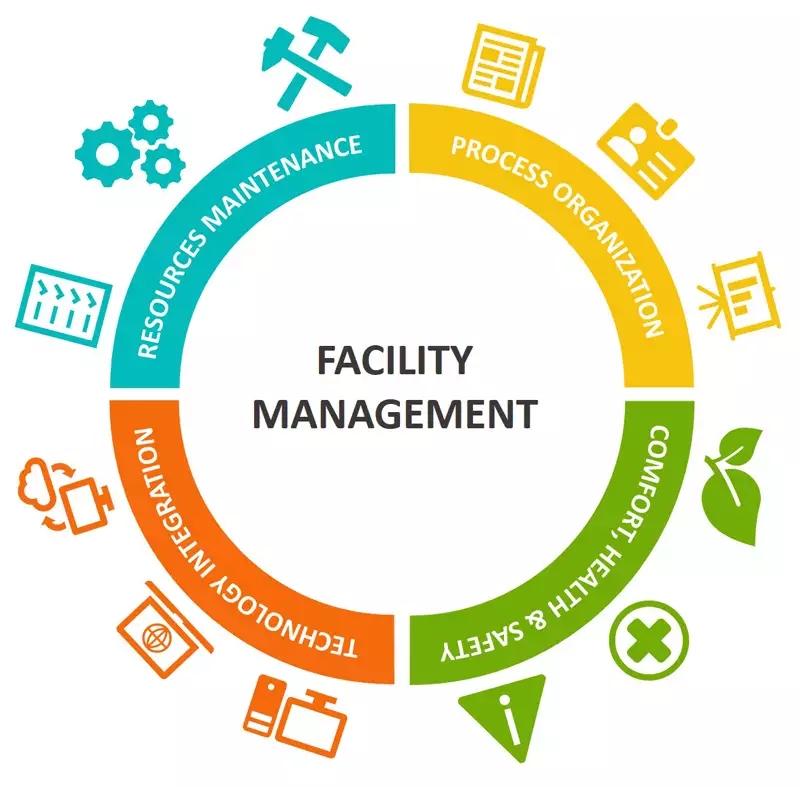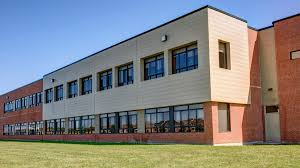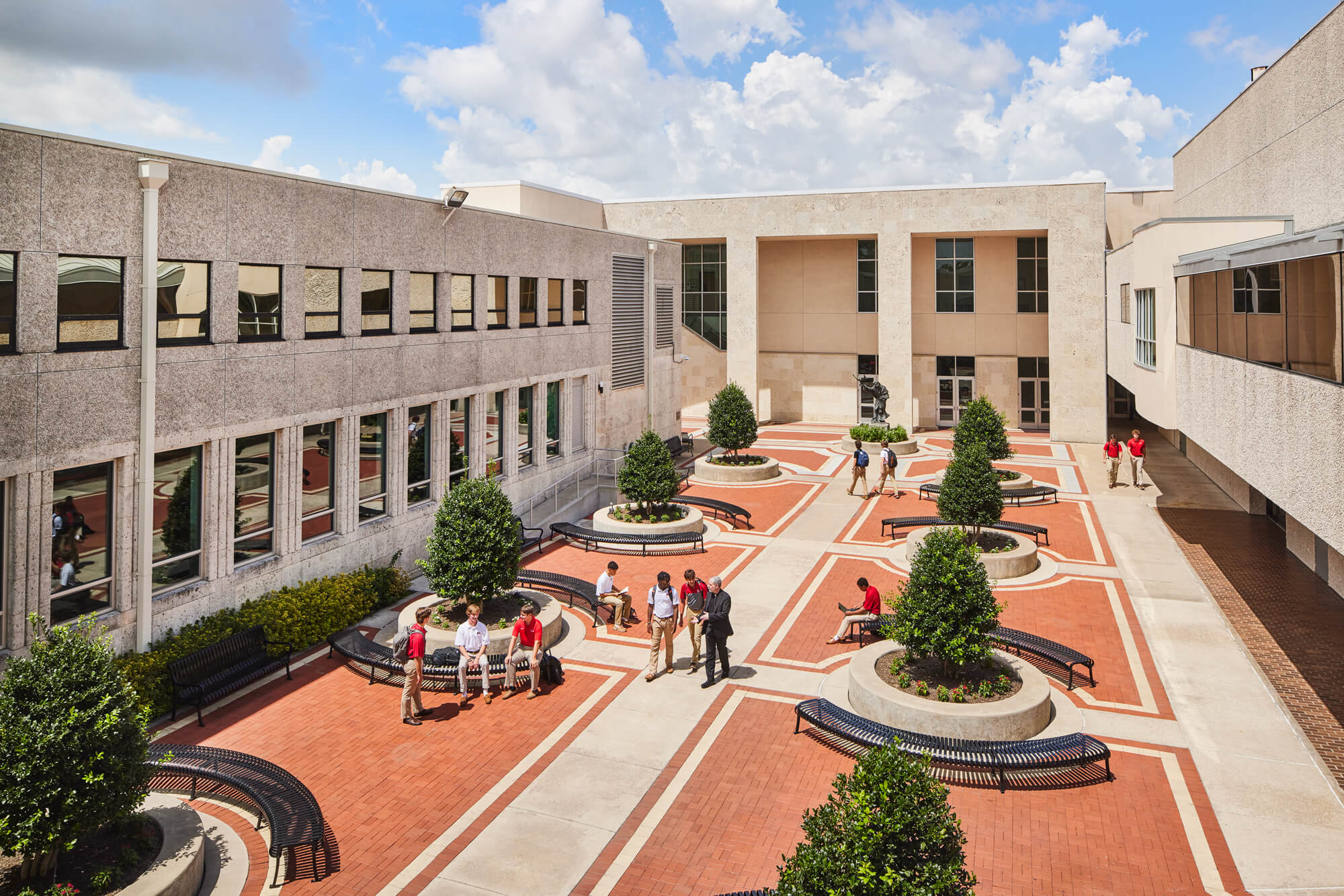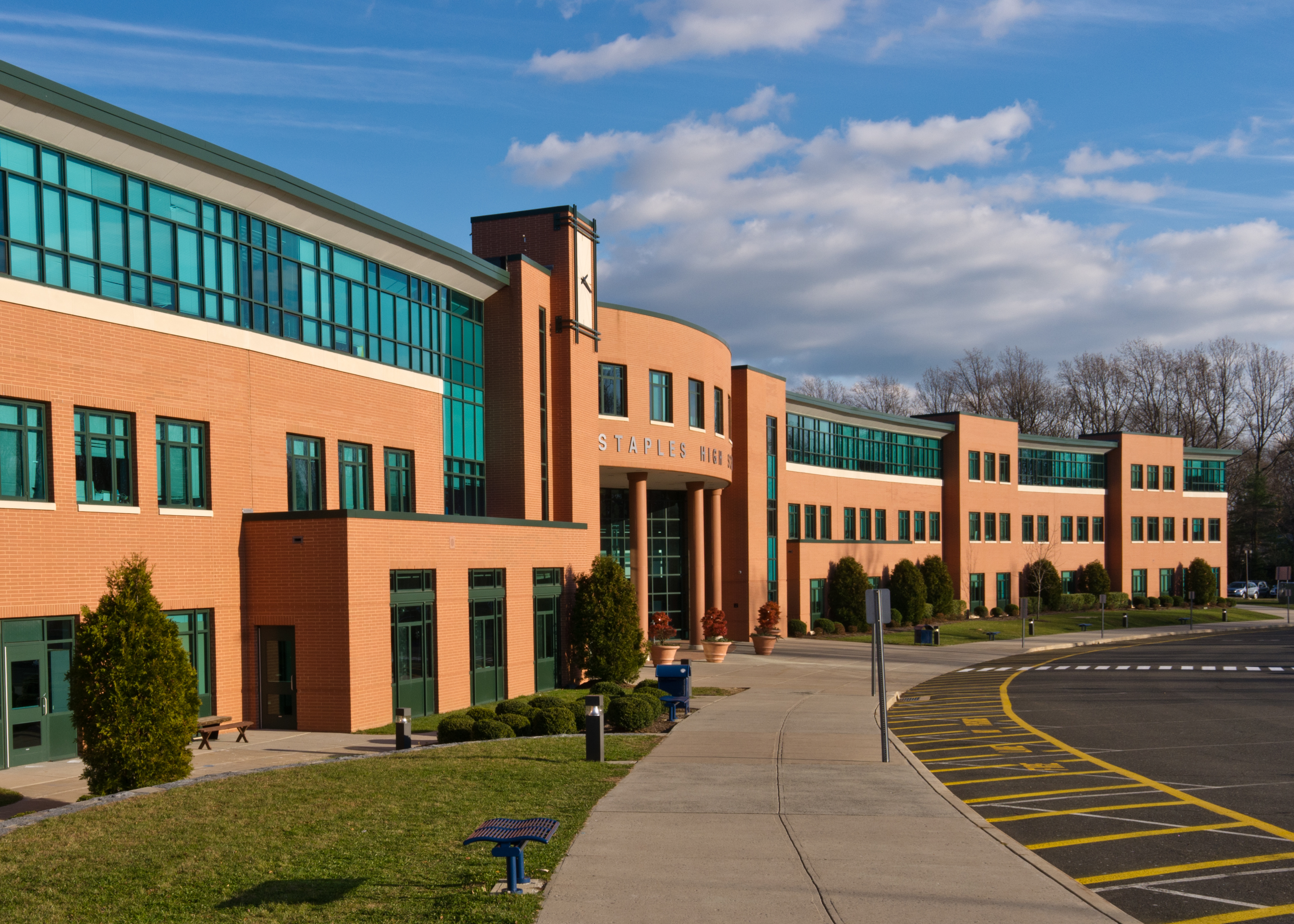Breaking the Maintenance Cycle: Smarter Solutions for Government Facilities

Across the U.S., thousands of state and local government buildings are silently aging. From courthouses to public health offices, these facilities form the backbone of civic life. Yet, many of them are trapped in a frustrating maintenance cycle—long-deferred repairs, outdated building records, and limited staff. While facility management software for government buildings helps track tasks and work orders, it often falls short in one vital area: giving field teams instant access to the information they need.
When a gas leak or burst pipe occurs, time is of the essence. And when facility data is buried in file cabinets or locked in desktop systems, it slows everything down—from the first response to the final fix.
Why Traditional Software Alone Isn’t Enough Anymore
State governments have increasingly relied on digital platforms to help manage buildings, assets, and maintenance workflows. These tools are valuable—but many of them were designed for office use, not the field. When technicians are on-site trying to locate shut-offs, troubleshoot systems, or respond to emergencies, they often find themselves at a loss.
The missing link? On-the-go access to critical building data.
What today’s teams need is not more software—they need smarter access to the tools and information they already rely on. That’s where smart building technology steps in: not to replace, but to enhance.
The Real Cost of Deferred Maintenance
Deferred maintenance isn’t just a financial issue—it’s a risk multiplier. Leaky roofs, faulty HVAC systems, or outdated electrical panels can all lead to expensive repairs or even safety hazards. Without immediate access to building data like blueprints, O&M manuals, or historical repair logs, even minor issues can spiral into larger, more dangerous ones.
In many government facilities, the biggest delay in fixing something isn’t finding the problem—it’s finding the information needed to fix it.
Field Technicians Deserve Better Tools
Imagine this: A technician is called to fix a heating system in a 40-year-old public building. The system was last upgraded 15 years ago. The manuals are in a binder somewhere in the main office, three buildings away.
Now imagine a better scenario: The technician scans a QR code on the unit and instantly pulls up its operation manual, past service history, and shut-off instructions—all from a phone or tablet. That’s the difference smart building technology makes.
Preserving Institutional Knowledge Before It’s Lost
State and local governments are grappling with a growing number of retirements among experienced maintenance staff. With their departure goes decades of accumulated knowledge—where valves are located, which equipment fails regularly, or how past contractors handled installations.
That kind of insight shouldn’t walk out the door. By digitizing and centralizing facility knowledge, teams can preserve legacy information and pass it on easily to new hires. It’s not just about continuity—it’s about resilience.
Emergency Preparedness Starts With Accessibility
In the event of a crisis—a fire, an earthquake, or a security threat—facility managers and first responders must move fast. Wasting time digging through filing cabinets or locating someone who “knows where things are” puts everyone at risk.
With smart access tools layered on top of facility management software for state government, building data can be retrieved and shared instantly—whether it’s a shut-off map, evacuation plan, or emergency contact sheet. Lives may literally depend on that speed.
Consolidating Chaos: A Single Source of Truth
Most government buildings have gone through numerous upgrades, retrofits, and code changes over the decades. The result is a messy trail of as-builts, closeouts, and compliance documents—scattered across storage rooms, emails, and physical drawings.
What facility teams need is a single, organized repository—a “master set” of building intelligence that’s always current and accessible. When teams can access the same up-to-date information from any device, collaboration becomes seamless and decisions get made faster.
Small Enhancement, Big Impact
If you already have facility management software in place, you don’t need to start over. Smart building access tools can easily integrate or operate alongside your existing systems. What they provide is:
Real-time mobile access to documents
QR code functionality for equipment
Easier collaboration with vendors and responders
Historical data preservation
Streamlined updates after renovations
These enhancements amplify your existing tools, giving your team the edge it needs without overhauling workflows.
Looking Ahead: Smarter, Safer Government Facilities
The future of facility management isn’t just about tracking tasks—it’s about empowering teams with instant information, in the field, on the move, and under pressure.
Whether you're overseeing a single state-run campus or a network of local offices, mobile-friendly building data access is becoming a must-have—not just for efficiency, but for safety, compliance, and long-term sustainability.
Your Action Step: Future-Proof Your Facility Team
If your government facility team is still hunting for building information in dusty rooms or static servers, it’s time to bridge that gap. Enhance your current software setup with tools that bring your building knowledge to your fingertips—wherever the work takes you.
Explore how mobile-access solutions can boost your team’s productivity, improve emergency response, and preserve your legacy knowledge.
Note: IndiBlogHub features both user-submitted and editorial content. We do not verify third-party contributions. Read our Disclaimer and Privacy Policyfor details.

